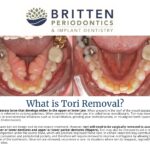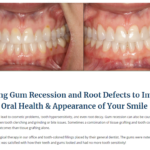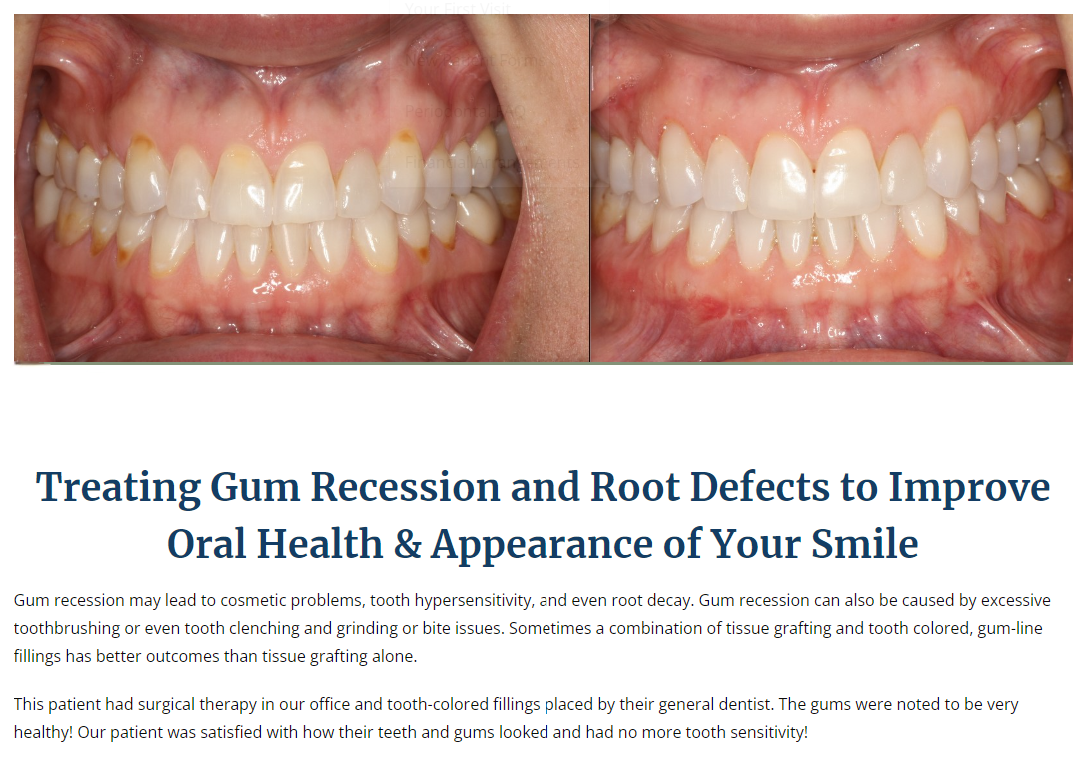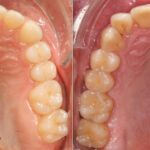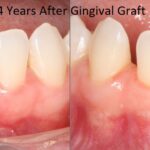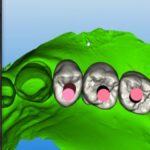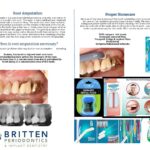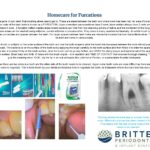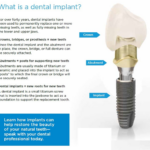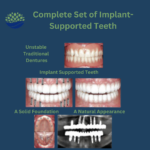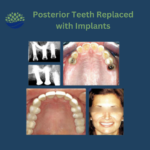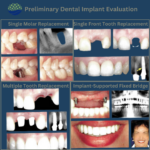The Importance of Gum Health: Understanding Periodontal Disease
Gum health is often overlooked, yet it plays a crucial role in our overall well-being. Periodontal disease, commonly known as gum disease is a prevalent condition that affects millions of people worldwide. Periodontal disease is a chronic inflammatory condition that affects the tissues surrounding the teeth. It typically begins with gingivitis, characterized by red, swollen gums that bleed easily. Without proper treatment, gingivitis can lead to periodontitis, where the infection spreads deeper into the gums and bone supporting the teeth. This can eventually lead to tooth loss if left untreated.
Some Risk Factors for Periodontal Disease
- Poor oral hygiene
- Smoking and Tobacco Use
- Genetic factors
- Certain medications
- Underlying health conditions such as diabetes
Signs and Symptoms
- Red and swollen gums
- Persisten bad breath
- Gums that bleed during brushing or flossing
- Receding gums
- Loose or shifting teeth
Complications of Untreated Periodontal Disease
- Increased risk of systemic conditions such as cardiovascular disease, diabetes, respiratory infections, and adverse pregnancy outcomes
- Toothloss
- Jawbone deterioration
- Significant impact on quality of life
Prevention and Treatment:
- Proper Oral Hygiene: Brushing and interproximal care between the teeth with floss, proxabrushes or softpicks
- Regular dental checkups and hygiene maintenance
- Balanced Diet
- Avoiding tobacco
- Managing underlying health conditions
If diagnosed with gum disease, your dentist may recommend professional cleanings, scaling and root planing, antibiotic therapy, or surgical interventions to restore gum health and prevent further damage.
Gum health is a cornerstone of overall wellness, and understanding periodontal disease is essential for maintaining a healthy smile and body. By prioritizing oral hygiene, adopting healthy lifestyle habits, and seeking timely dental care, you can safeguard your gums and reduce your risk of gum disease and its associated complications. Remember, your smile is worth protecting, so invest in your gum health today for a brighter tomorrow!


